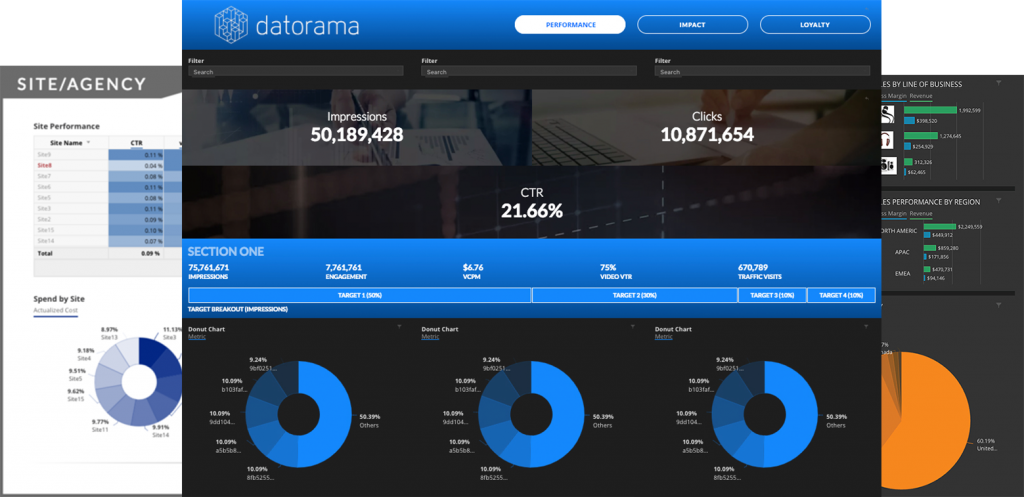
Marketing and sysadmin alone? AI’s impact re-examined in businesses today
Probably not since the emergence of the personal computer in the late 1970s and 1980s has there been a breakthrough of the importance of artificial intelligence (AI). With the power to alter all our lives in ways of which we have yet even to dream, the technology is still just in its early stages.
AI has not long been out of its academic incubator stage and in the business environment. While its eventual use cases have yet to fall into place in their entirety, there are several areas in which AI is already creating incredible results for organizations with open, digital mindsets that are not scared of innovation.
Perhaps unsurprisingly, the algorithms of machine learning, AI, and its variations are best suited to massively scalable digital inputs. Therefore, two common areas for early adopters include systems engineering functions and marketing/advertising departments. Both discrete areas of an organization tend to use multiple technologies, a factor which brings its own challenges, but the underlying factor between the two is the reliance on digitized information.
In the case of the former, network infrastructure is, by its nature, attuned to producing data concerning performance, its ability and success with preventing intrusions, its loads, bandwidth usage, and so forth.

Download Datorama’s whitepaper on how AI is transforming marketing here.
But it’s in the marketing function – now almost entirely a digital domain – that many companies are seizing the AI initiative. Digital advertising channels are many, but almost without exception are designed to be open and accessible, usually by API or in some cases, by an automatable visual dashboard. Reporting tools are similarly digital, and so are an increasing number of communication conduits: text, social media DM, and bot interactions. Even more traditional communication channels like voice and email can be digitized by cutting edge technologies, like speech recognition, sentiment analysis, natural language processing, and so forth.
Of course, access to data is one thing; making sense of it is quite another. Problems of data normalization are compounded by the veritable cascades of information that even a small platform or interface can produce. And the quantities of data at the fingertips of the systems administrator or the marketing professional are unlikely to diminish. It’s beyond the abilities of most organizations to throw human resources to sift through data to make it equal, interchangeable, and in forms comparable with one another. Here, machine learning can be leveraged to both normalize information and sift through it at scale and at speed to draw out trends, factors, and influences that would take traditional workforces years to achieve.
Once data has been sourced, collated, normalized, and analyzed, what then? Acting on data in a meaningful manner is more today than simply heading off in a direction anew once the results are in. A process of monitoring, attenuation, and constant A/B testing is essential these days, to adapt rapidly enough as markets change. In engineering functions, AI can help with provisioning and cybersecurity (or at least, these are two areas of nascent AI activity in this sphere). In marketing, advanced automations can help create campaigns that are intelligent and optimized for maximum efficiency in the real-world.
Imagine a new sale drive’s campaign across dozens of platforms, all automatically tweaked by platforms that are also learning constantly from sentiment analysis and customer feedback strands. The best channels can be optimized, the least productive phased out – with as little or as much human involvement as required.

Download Datorama’s whitepaper on how AI is transforming marketing here.
It’s that type of vision that has inspired the team at Datorama, a company that is unique in its approach to using AI in all aspects of the marketing function. Specifically designed for marketing and advertising professionals, there’s no need to build new commercially oriented apps on top of abstract data science. With the Datorama platform, your existing tools simply plug in, and intelligent routines automate even the process of data acquisition.
Rather than having to negotiate through multiple APIs, data sources, tools and databases of information, once data streams are set up, the solution can assimilate information sources automatically, learning what each is, and where it fits into the big picture
From there, the Datorama platform then normalizes data so that it becomes a malleable medium, with results that are immediately visible to staff via the intuitive interfaces. Instead of hopping from platform to utility, utility to tool, your campaigns’ sources and tools are brought into one place, all with a minimum of setup and service discovery by hand.
But the key to Datorama’s success is the platform’s ability to create action: not just actionable insight. Using intelligent rule, it is capable of improving outputs and messaging conduits, to optimize for better real-world results.
To learn more about how the marketing professionals’ world is being taken by storm by AI, download Datorama’s whitepaper on how AI is transforming marketing here, or see Datorama in action for yourself.
READ MORE
- The criticality of endpoint management in cybersecurity and operations
- Ethical AI: The renewed importance of safeguarding data and customer privacy in Generative AI applications
- How Japan balances AI-driven opportunities with cybersecurity needs
- Deploying SASE: Benchmarking your approach
- Insurance everywhere all at once: the digital transformation of the APAC insurance industry
